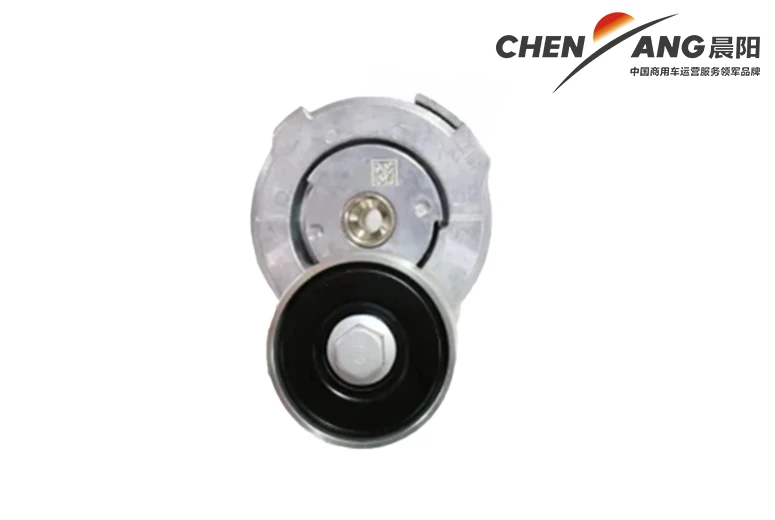Rebuilding a Manual Transmission for Optimal Performance and Longevity
Manual Transmission Rebuild A Comprehensive Guide
Manual transmissions, often celebrated for their driver engagement and control, can sometimes encounter issues that necessitate a rebuild. Rebuilding a manual transmission might seem daunting, but with the right tools, knowledge, and patience, one can restore an old transmission to its former glory. This article provides an overview of the manual transmission rebuild process, including the tools needed, common problems, and step-by-step instructions.
Understanding Manual Transmissions
Before delving into the rebuild process, it's essential to understand the components of a manual transmission. Unlike automatic transmissions, which handle gear changes automatically, manual transmissions require the driver to use the clutch pedal and gear stick to select gears. Key components include the gearbox, clutch assembly, synchronizers, and various shafts and bearings.
Common problems that can arise in manual transmissions include
1. Difficulty shifting gears. 2. Unusual noises when the car is in gear. 3. Grinding sensations during gear changes. 4. Leaking transmission fluid.
These issues can stem from worn-out components, inadequate lubrication, or improper adjustments. Identifying the root cause is crucial before undertaking a rebuild.
Essential Tools and Materials
Before starting the rebuild process, ensure you have the necessary tools and materials at hand
- Basic Hand Tools Wrenches, sockets, screwdrivers, and pliers. - Torque Wrench For applying the correct torque to bolts. - Transmission Fluid Ensure you have the appropriate fluid for refilling after the rebuild. - Sealant and Gaskets For ensuring proper sealing after reassembly. - Cleaning Equipment Degreasers, brushes, and cloths to clean components. - Lift or Jack Stands To safely elevate the vehicle.
Step-by-Step Rebuild Process
manual transmission rebuild

1. Preparation Begin by disconnecting the vehicle’s battery and removing any components that obstruct access to the transmission. This may include the driveshaft, exhaust system, and any linkages connected to the transmission.
2. Removal Detach the transmission from the engine. This process often includes unbolting it from the bell housing, removing the flywheel cover, and disconnecting any electrical connectors.
3. Disassembly Once the transmission is on a workbench, carefully disassemble it. Start by removing the outer casing. Keep parts organized, as you'll need to reassemble them later. Take note of the order and orientation of components, and use a camera or notepad to document the process.
4. Inspect Components Examine all components for wear and damage. Look for chipped gears, worn bearings, and damaged syncros. It’s advisable to replace any worn components with OEM or high-quality aftermarket parts to ensure reliability.
5. Cleaning Thoroughly clean all parts with degreasers. Removing old fluid, dirt, and grime is essential for proper operation after reassembly.
6. Reassembly Begin reassembling the transmission, following the reverse process of disassembly. Ensure that all seals and gaskets are replaced with new ones to prevent leaks. Properly torque all bolts as specified in the vehicle’s service manual to avoid future issues.
7. Reinstallation Once the transmission is reassembled, reinstall it back into the vehicle. Reconnect all linkages, the driveshaft, and other components that were removed during disassembly.
8. Fluid Fill and Testing Fill the transmission with the appropriate type and amount of fluid. Reconnect the battery and crank the engine. Test drive the vehicle to ensure that gear shifting is smooth and that there are no unusual noises or leaks.
Conclusion
Rebuilding a manual transmission can be a fulfilling and rewarding project for auto enthusiasts. It allows for a deeper understanding of vehicle mechanics and can save significant costs compared to professional repairs. While it requires time and patience, the knowledge gained and the satisfaction of driving a smoothly operating vehicle makes the effort worthwhile. Always remember, if you’re unsure at any step of the process, don’t hesitate to seek assistance from professionals or consult detailed guides specific to your vehicle model. Happy rebuilding!
-
Premium Body Chassis Car Solutions Durable Car Body Chassis & Square Body Chassis ManufacturerNewsJun.10,2025
-
Passenger and Commercial Vehicles Versatile Solutions for Every Need High Performance, Reliable SafetyNewsJun.10,2025
-
12 Passenger Vehicles for Rent – Spacious, Comfortable Multi-Passenger Rental OptionsNewsJun.10,2025
-
High-Quality Auto Headlights Durable Designs & Wholesale PricingNewsMay.30,2025
-
70 Seater Coach Hire - Spacious & Reliable Group Transportation SolutionsNewsMay.30,2025
-
High-Efficiency Crop & Land Cultivation Machines for Modern FarmsNewsMay.30,2025
Popular products

























